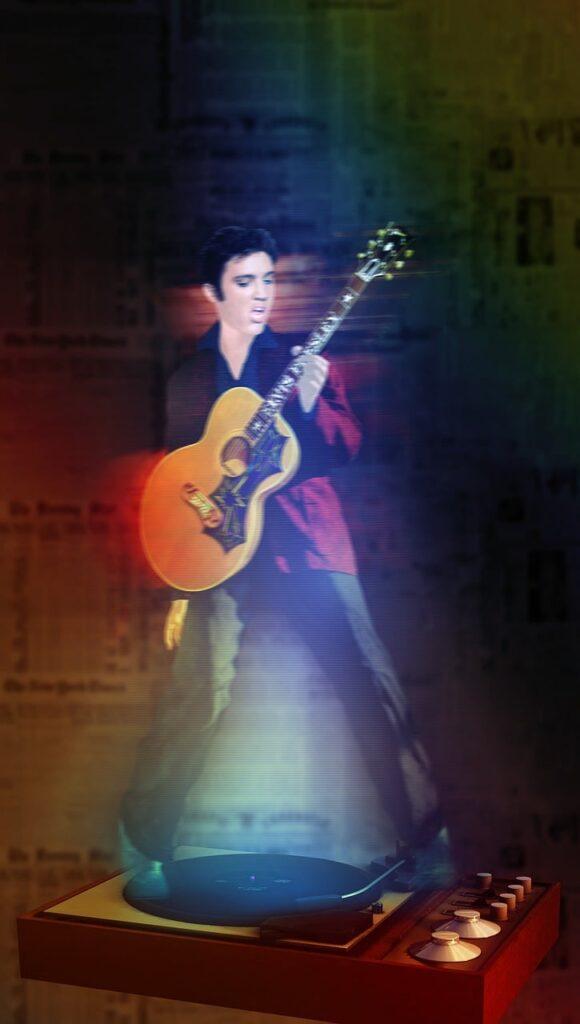Like the jazz chord progression, the 12 bar blues has a head-section that gets repeated.
- You can see this in Sweet Home Chicago’s harmonic structure.
- The song alternates sung verses with instrumental solos – all this happens over the same harmonies.
- And each section is 12 bars long (thus the name).
- Notice the IV7 in bar 2.
- Called the “quick change,” this added harmony is a common variation in blues guitar chord progressions.
- Overall, the Roman numerals reflect each harmony’s position in the scale.
- However, in some ways it’s better to think of the blues as changing keys every time you switch harmonies.
If you look at the charts for the keys of A major, D major, and E major, you’ll see that each key has a V7 sonority that corresponds to one of the blues seventh chords.
- If you begin and end on the fifth scale tone in each chart, this gives you the modes E, A, and B mixolydian.
- You can use these modes for soloing: E mixolydian with E7, A mixolydian with A7, and B mixolydian with B7.
- However, you can also use the minor pentatonic scales.
- Use E minor pentatonic (E G A B D E) to solo over E7.
- A minor pentatonic (A C D E G A) goes over A7.
- Use B minor pentatonic (B D E F# A B) to solo over B7.
- Or you can mix the minor pentatonic scales in with the mixolydian scales for a blues scale-like effect.
The chromatic mismatch between the pentatonic scales and the harmonic tones (e.g., G and G# in E blues) creates the “blue note” sound.


